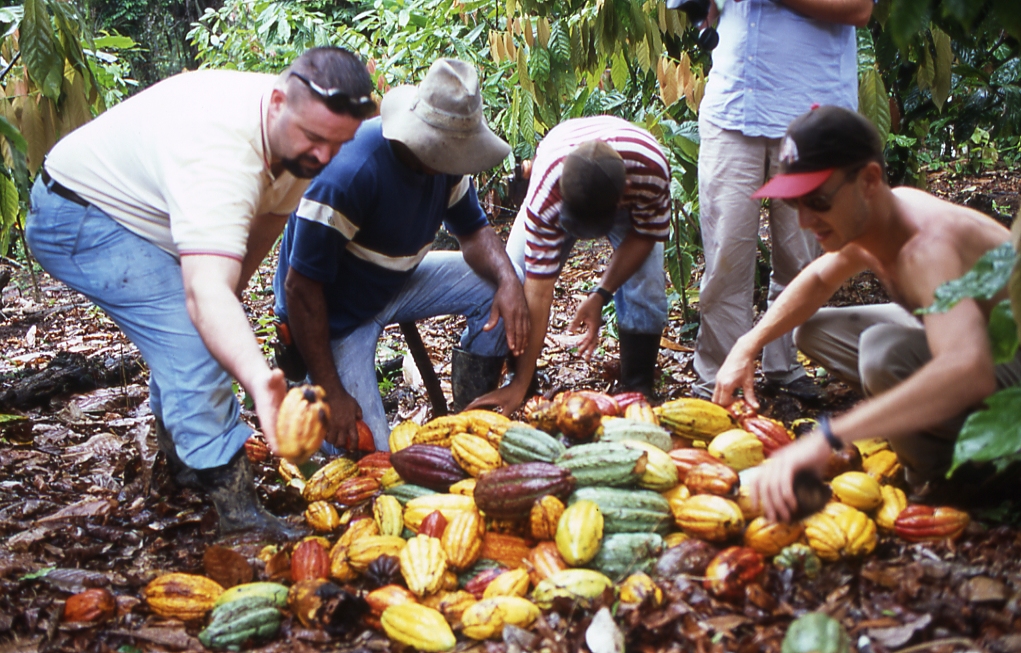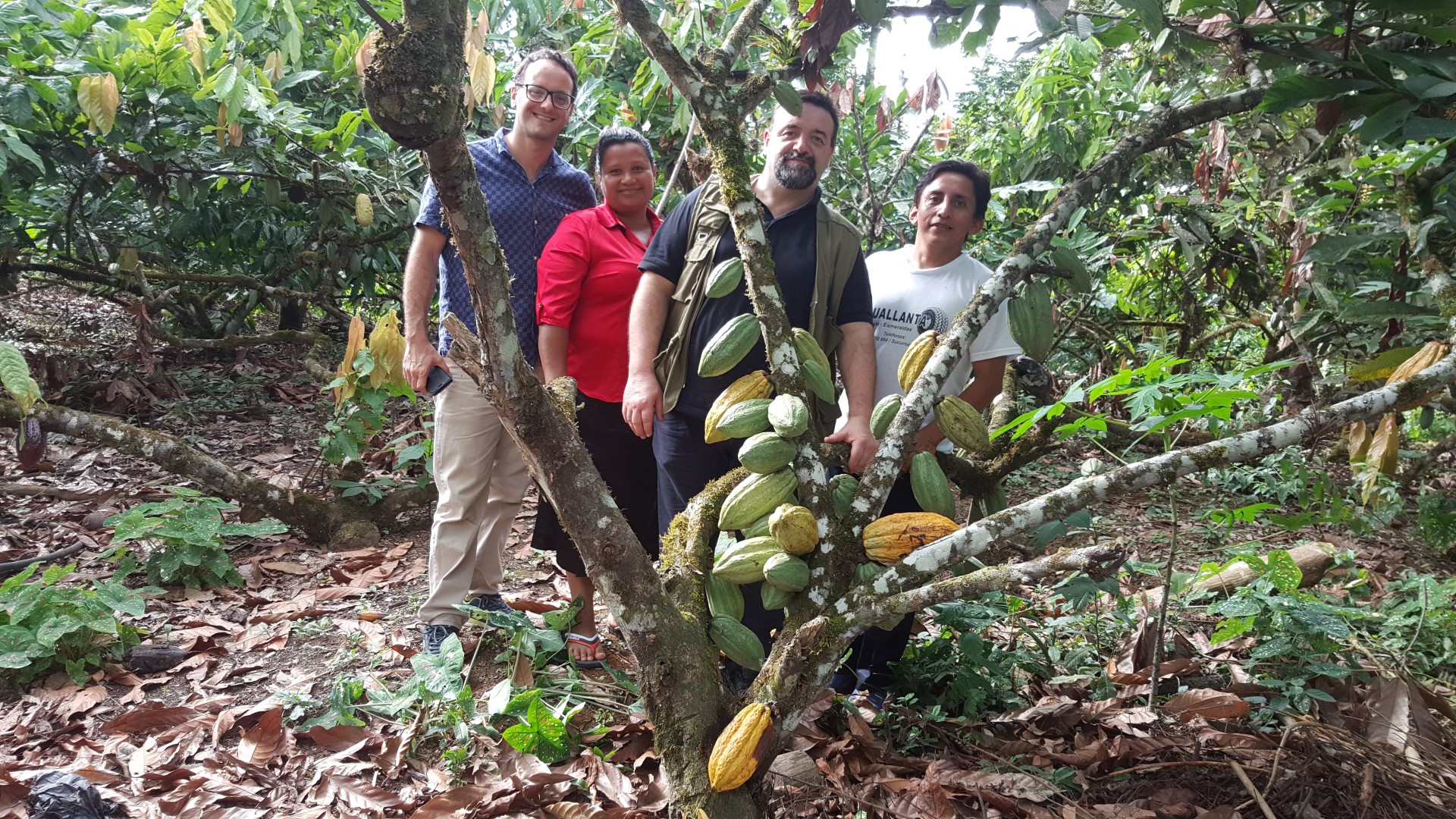Cocoa at risk of extinction!
Today a friend brought to my attention an article published in Repubblica.it, by Eleonora Cozzella, claiming that cocoa is at risk of extinction!
I often read news like this, at least once a year big sisters team up with a study from major universities, trying to dip their toes into a new line of research. Cocoa is definitely the commodity of the future; speculating on cocoa can guarantee double-digit growth for the next 30 years. This is not a hoax but the concrete analysis made by me over the years and supported by the ICCO studies and Outlook presented two years ago in London. I was there that day and even took the floor, cocoa is increasingly in demand and the new emerging countries will be the needle in the balance. Today China consumes less than 300 g per capita of chocolate, but if it only reached 400 g it would be a problem given the staggering number of inhabitants!

Cocoa cocoa pods are selected to improve cocoa uniformity
However, the Chinese in their evolution will NOT go through Golosine! That is, those little products that also contain cocoa, but where sugar, Milk Powder, and especially vegetable FATS take the lead. See Ferrero’s defense campaign against palm fat. Certainly Ferrero had no other way to go but to defend it; it would have been too high an industrial cost to replace it and too high a commercial cost to improve its raw material.
Pearl Harbor effect and The genetically modified cocoa!
Other major companies are funding projects, once the University of Cambridge to research a molecule that will enable Chocolate to resist melting, to combat climate rise and support sales in hot countries such as South America and Africa. In this case Mars and in dozens of other cases other firms. The REAL purpose is always to create a fear, to make people appreciate the race for genetic modification!
I maintain that most of these studies are idiotic! If chocolate loses meltiness what will happen to the velvet effect on the palate? And the pleasantness of feeling the sweet fluid rushing through the mouth. The modification would make the chocolate a kind of gum that tastes like chocolate and like a Fudge melts only after several attempts to swallow it. Let’s say crap!
The one mentioned now, on the other hand, is not new, having plants that resist heat, drought, disease, etc…. serves to create MONSTERS! maybe industrializable, but still monsters! Already there is genetically modified Cocoa, but it tastes bad and synthesizes more cyanurates from the soil and who knows if someone wakes up one morning and discovers that the level accumulates in the body and in the long run kills us! What would happen? Everyone throwing mud at EVERYONE and who would pay the price? Always the little people who work with conscience and respect for consumers.
For years I have been traveling the World to study cocoa and its peculiarities, as well as getting to know farmers, I train them and help them produce better cocoa, and there are already 142 trips I have made in 19 years of research. A specific degree in Culinary Science and related specialization in Chocolate Technology, led me to research and develop a method, revolutionary.

Me with Maximilian Pincay and Paolo Perri on the Esmeralda plantation Ecuador December 2016
The lack of cocoa in some countries is because there is a shortage of FARMERS!!! if they cannot earn a decent wage how do they convince their children to stay with them and continue the work of the fields? Would you guys do it? This is the question I asked at the prestigious ICCO headquarters in London in 2015. No one answered me! And the farmers’ representatives in my opinion, they don’t even know what a plant is! If not snooty rich people who act as landowners or the ringleaders of this or that association. Truncated people looking more for a place in the sun than for the good of their representatives.
The economic revolution passes through a certification method
Today the problem is income distribution, and how do you do that? As I worked to find a method that could assure farmers that they have done a good job and that their product is recognized as good, I was able to identify a path. That is, a method that allows farmers to know what a chocolatier needs and process it to the best of their ability in order to collaboratively produce an exceptional product. Without quality in the field you can’t expect anyone to pay for it, the industry doesn’t like good cocoa but simply a useful commodity to meet legal standards and those rest assured they achieve it.

Ultimi commenti